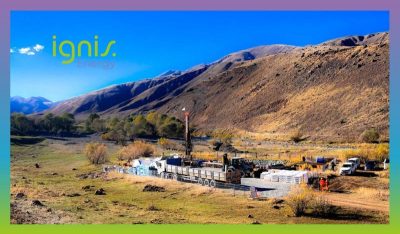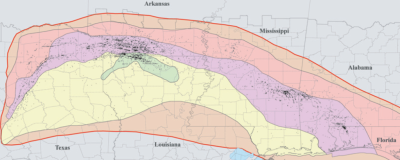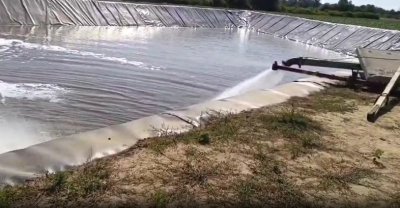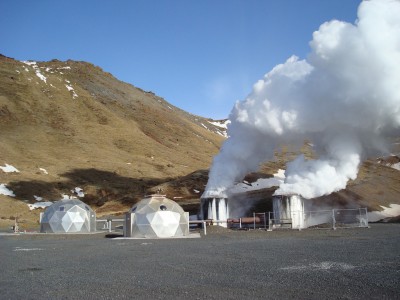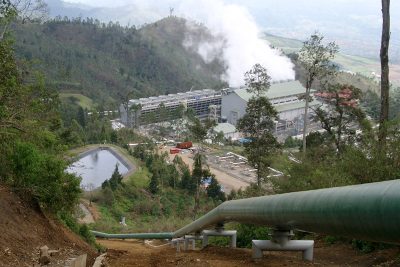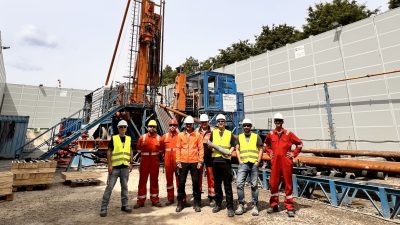INGEMMET publishes detailed geothermal survey results of Tutupaca site in Peru
INGEMMET has published the results of a detailed study of the Tutupaca geothermal site in Peru, highlighting the potential for geothermal power generation.
The Geological, Mining, and Metallurgical Institute (Instituto Geológico, Minero y Metalúrgico / INGEMMET) of Peru has published the results of detailed studies done to evaluate the potential of the Tutupaca geothermal site, located in the Candarave district the Tacna region.
The full paper, “Caracterización y evaluación del potencial geotérmico de la zona geotermal de Tutupaca, Candarave, región Tacna” by Cruz et al, can be accessed via this link: https://hdl.handle.net/20.500.12544/5122
A geothermal system of volcanic origin has been identified in the Tutupaca area. The heat comes from a magma chamber that is part of the Tutupaca Volcanic Complex, a structure formed by three superimposed volcanic edifices: Tutupaca Basal, Tutupaca West, and Tutupaca Recent.
The existence of this heat source is manifested on the surface through various geological elements. The field is characterized by a series of visible manifestations that indicate heat stored beneath the volcano: hot springs, fumaroles (gas emissions), acidic mud pools, and sulfur deposits.
From a geological perspective, Ingemmet scientists have identified rocks dating from the Cretaceous (more than 100 million years ago) to the Quaternary, with the presence of tuffs, ignimbrites, and volcano-sedimentary sequences. These rocks and geological structures, such as faults oriented mainly in a northwest-southeast (NW-SE) direction, facilitate the rise of heat and the circulation of fluids at deep levels.
More than 120 water samples for chemical analysis were collected between 2022 and 2023. Based on chemical geothermometry, reservoir temperatures in Tutupaca could be as high as 200 °C. This makes the potential resource ideal for power generation. To complement the study, geophysical techniques such as magnetotellurics, gravimetry, and aeromagnetics were applied.
Based on a Monte Carlo simulation, the potential size of the geothermal resource in Tutupaca was estimated to be between 59 to 181 MWe. Stored heat calculations yielded similar values. With these figures, the most conservative scenario would provide electricity to approximately 287,000 homes, while the medium scenario would reach more than 530,000, and the most optimistic could supply approximately 884,000 homes. This is equivalent to covering the electricity demand of the entire Tacna region several times over.
Geothermal heating can also be explored, particular in the high Andean provinces like Candarave, where winter temperatures can drop to -10°C. Community heating, greenhouses, and thermal baths are just some of the possibilities.
Tutupaca has long been a site of geothermal development interest in Peru, with early surveys dating back to the 1980’s. It was one of several geothermal concessions in Peru that were explored by a joint venture of Philippine-based Energy Development Corporation (EDC) and Canadian Alterra Power Corp. However, EDC decided to exit the Peru market in 2023, citing political and market factors.
Source: Government of Peru









